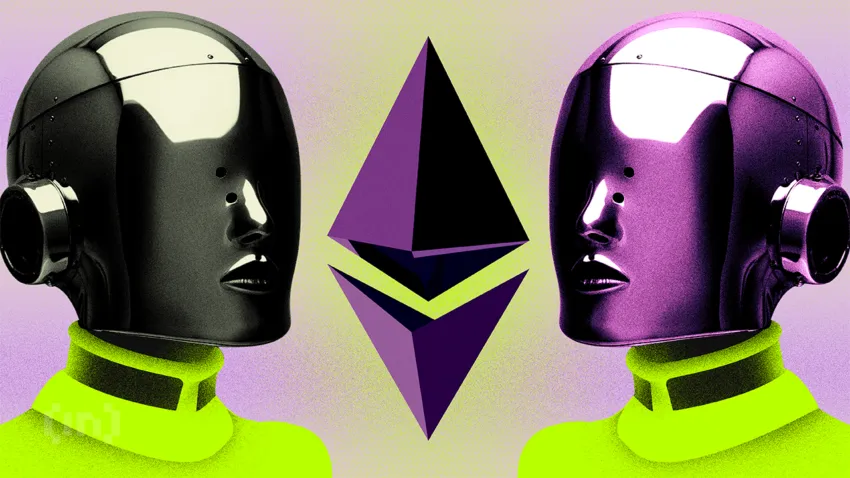This week, the queue of people wanting to act as Ethereum validators has shrunk to zero. This is an incredible deviation from the peak on June 10, 2023, when there were 96,508 validators in the staking queue.
Investor appetite for Ethereum staking has dropped significantly. What is the reason for this trend? Let’s look at the situation a little closer.
Ethereum Whales Continue to Accumulate
Holders of addresses with at least one million ETH currently account for 32.3% of the total supply of this cryptocurrency. According to Santiment analysts, this is the highest result since 2016. Interest in the coin remains at a serious level.
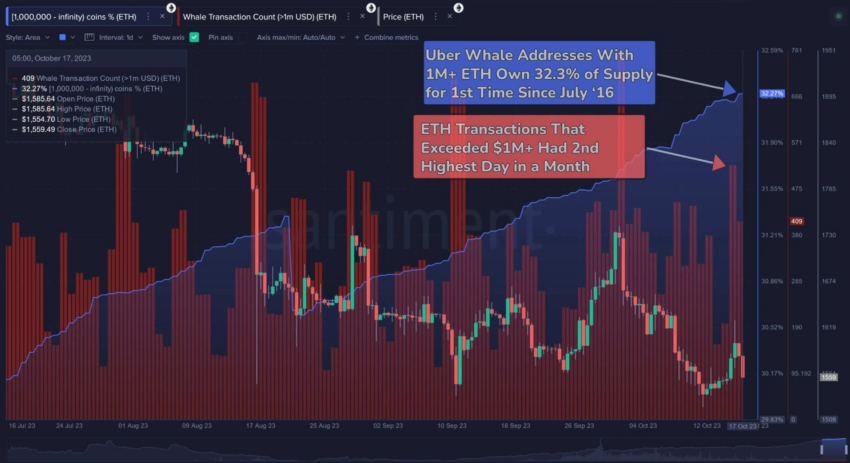
At the same time, the network itself faced criticism of the growing centralization expressed by JPMorgan bank analysts. According to them, the high popularity of staking platforms poses a risk to the blockchain because it currently depends on a few large players.
What’s Going on With Ethereum Staking?
Validators store transaction history on the network, validate new transfers, and add new blocks. In the case of Ethereum, 32 ETH is required to perform staking, which means that few cryptocurrency investors can afford it.
The chart below shows the decrease in the “entry” queue, i.e., the number of people who want to obtain the title of validator and start receiving rewards for it, marked in blue. The “exit” queue is also marked in red – these are those network members who withdraw their ETH from staking and stop fulfilling their duties.
As already noted, on Oct. 16, the number of people willing to become validators on the Ethereum network dropped to zero for the first time. This means that no one wanted to send their ETH for staking that day.
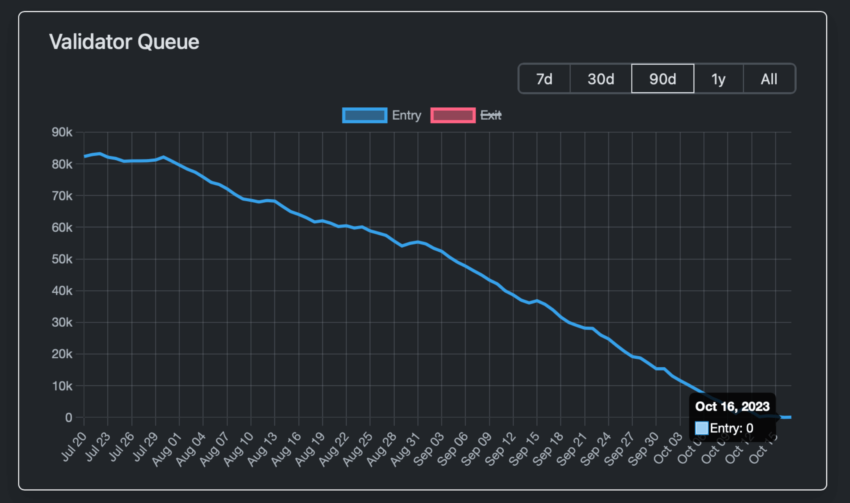
The queue itself is created due to the technical specificity of the staking process. Only 3,600 validators per day can perform simultaneous input and output operations. In this way, the network is protected against a sharp decline in the number of validators, which could harm its security.
As the queue size decreased, the average waiting time before staking also decreased. While at its peak, it was 45 days, now investors have to wait only a few dozen minutes.
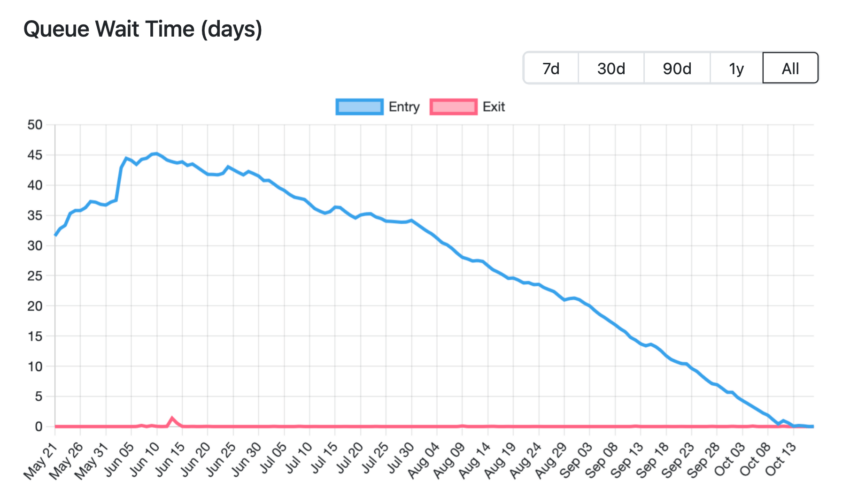
Steakhouse’s average annual profitability has also hit rock bottom. It fell from 5.2% in June 2023 to the current 3.5%.
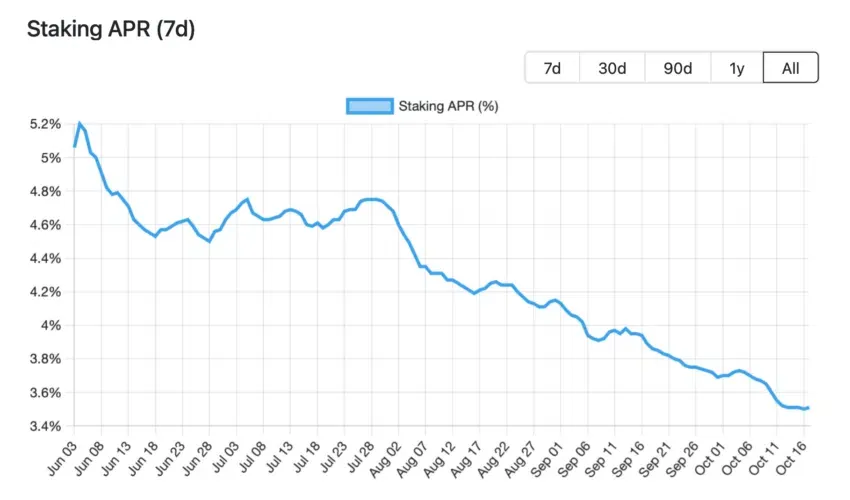
Cause of Declining Interest in Ethereum Staking
The co-founder of the liquid staking platform Stader Labs presented an obvious explanation for the downward trend in indicators. According to him, this is all due to the decline in overall market activity, the long-term decline in the value of ETH, and the resulting lack of interest in the ecosystem on the part of potential investors.
This trend is also confirmed by the pause in the growth of staked Ethereum (stETH) tokens, which are issued to ETH stakers via the Lido platform. Investors can send any amount of ETH for staking through the Lido platform – even less than 32 units. This means that even small investors are in no hurry to send their coins for staking.
Read more: What Is Liquid Staking in Crypto?
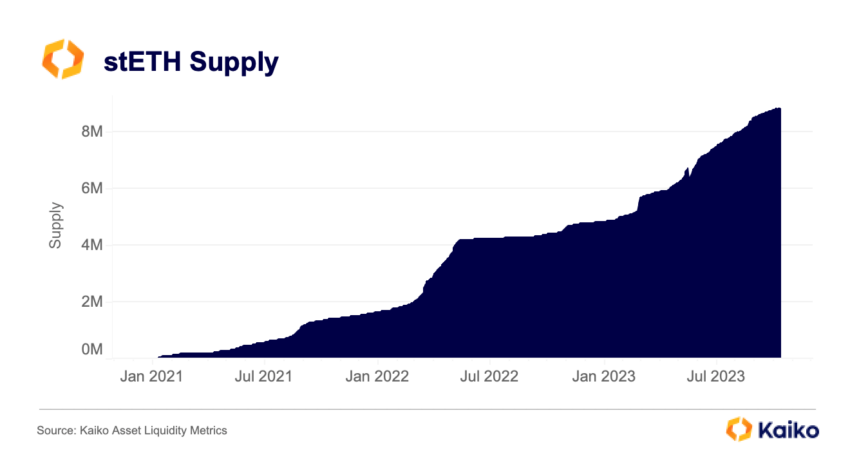
Lido Finance developer Serafim Czecker shared another assumption: the decline in activity was a natural result of the April 2023 Shapella update. Immediately after its release, staking became very popular, but the hype gradually faded.
As a reminder, Shapella is a combination of two updates: Shanghai and Capella. The update allowed the cryptocurrency to be withdrawn from staking for the first time since December 2020. Thanks to this, this method of earning attracted a lot of investors. After activating Shapella, they could withdraw funds from staking, so any worries about risk and the inability to recover their coins quickly disappeared.
Read more: Ethereum Merge: Everything You Need To Know
Back to Neutral Times?
StakeWise co-founder Kirill Kutakov noted that staking demand had returned to its “neutral” value before Shapella was activated.
“I would only consider it a bad sign if the withdrawal frequency from StakeWise exceeds the deposit frequency of the smart contracts.”
Therefore, as long as the number of willing validators on the Ethereum network far outweighs the number of people leaving the role, the blockchain industry has nothing to worry about.
Currently, the amount of new coins in staking has actually decreased to the amount that was average before the Shanghai activation. It turns out that Kutakov’s comments were indeed confirmed.
According to the Nansen platform, there are currently over 27.7 million ETH in the Ethereum smart custodial contract or approximately 23.1 percent of the altcoin’s circulating supply. 864,289 validators remain active in the network.
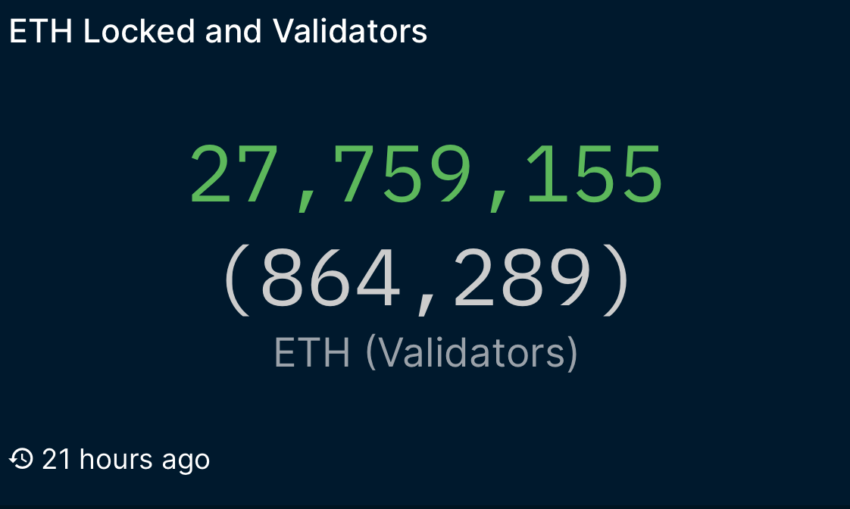
According to Czecker, the staking buzz will return after large sums of money from professional, institutional investors enter the space. Moreover, a new growth trend in the sphere of earning money from staking will not arise in one day – it is a long process that may take months. Meanwhile, short-term US Treasuries remain a more attractive investment, currently offering a yield of 5.35% per year.
Read more: Top 7 High-Yield Liquid Staking Platforms To Watch in 2023
Do you have anything to say about Ethereum staking or anything else? Write to us or join the discussion on our Telegram channel. You can also catch us on TikTok, Facebook, or X (Twitter).
For BeInCrypto’s latest Bitcoin (BTC) analysis, click here.
Disclaimer
In adherence to the Trust Project guidelines, BeInCrypto is committed to unbiased, transparent reporting. This news article aims to provide accurate, timely information. However, readers are advised to verify facts independently and consult with a professional before making any decisions based on this content. Please note that our Terms and Conditions, Privacy Policy, and Disclaimers have been updated.


